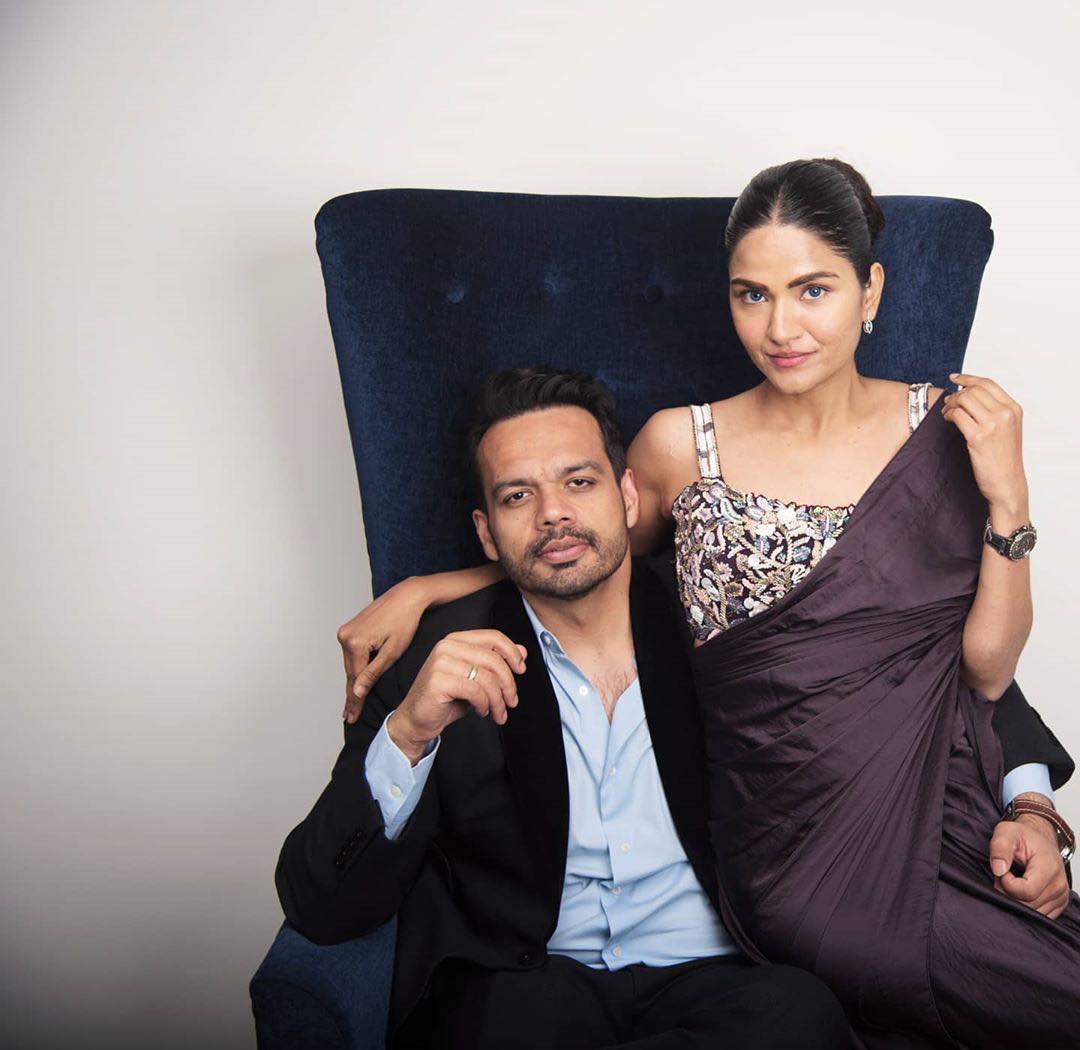Aamad- Dance Centre presented the SANSKRITI-VIRASAT Dance Production, choreographed by Rani Khanam. “Sanskriti-Virasat” was a thematic dance production that incorporated elements of Kathak as a mainstream form with Chau/contemporary dance. The dance production emphasised Buddhism and Hinduism’s philosophy, which states its belief in karma, a cause-and-effect relationship; samsara, ideas about the cyclic afterlife and rebirth; dharma, ideas about ethics, duties, and values, the impermanence of all material things and of the body, and the possibility of spiritual liberation. Sanskriti- Virasat is supported by the Ministry of Culture, Government of India.
AAMAD Dance Centre is considered one of the premier performing arts organisations in India. Its main mission is to enhance integration and diversity in the arts with works uniting people of all abilities. It has been recognised by the Dept. of Culture, Govt. of India, the Sangeet Natak Akademi, and empanelled under the ICCR. AAMAD is running training centres to impart inclusive training at a professional level in dance to many aspiring youngsters. AAMAD’s artists have been featured in prestigious national and international dance festivals: UK, Spain, France, South Korea, Malaysia, and Algeria. AAMAD Centre has been successfully organizing festivals for the last two decades, aimed at reviving the fading aspects and aesthetics of Indian dance for future generations and also providing a platform to the talented young artists.
The 1st presentation of the production, titled ‘Awakening’, explored the divine aspects of philosophy, concepts, and symbols and highlighted different ways of practicing/meditation in Hinduism and Buddhism that have their own distinguishing features. To awaken is to learn the art of living; to master the mind and bring it back to the reality of the present moment; to unite mind, body, and reality. The Kathak dancers and Chau dancers commenced the dance with the sound of chants (vocal and instrumental depictions), and highlighted the connection with the divine. The group also performed the traditional ritual chants. The audience perceived dance performance as a spiritual discipline that elevates one’s inner being to divine peace and bliss.
The next presentation, “Nirvana Route’ explored the core values and perspectives of Buddhism. This production explored the Buddhist philosophy of the four Noble truths: the truth of suffering (dukkha), the truth of the cause of suffering (samudaya), the truth of the end of suffering (nirhodha), the truth of the path that frees us from suffering (magga), and the eightfold paths, which urge human beings to move away from greed, selfishness, attachment, and desire and move towards love, wisdom, enlightenment, and ultimately, Nirvana. Buddha taught the eightfold path in virtually all his discourses, and his directions are as clear and practical to his followers today as they were when he first gave them.
The next presentation was Yamunastakam, which was written by Shri Mahaprabhu. In Hinduism, the goddess of the river, also known as Yami, is the sister of Yama and the daughter of Surya. Yamuna is also connected to the religious beliefs surrounding Lord Krishna and various stories connected with Him. Shri Yamuna blessed her devotees with eight-fold powers; she is capable of fulfilling all the desires of the devotee while enjoying God’s love. Whenever Shri Yamuna comes to earth from heaven, she blesses the whole globe. All living beings serve Shri Yamuna. Hindus worship the Yamuna and believe that its water is blessed.
Indian mythology says that all of us have to go through a cycle of birth, death, and rebirth. The journey of Yamuna helps us understand the purpose of life and inspires us to live it in a meaningful manner. Yamuna originates in the Himalaya and flows thousands of kilometers to finally merge at Triveni Sangam Allahabad. During this long journey, the flow of the river keeps changing. It continues to flow through whatever space it finds and overcomes the obstructions drop by drop.
The composition Ashtapadi by Saint Poet Surdas, was composed in Taal Rupak and Taal Teentaal. “Ashatapadi” focused on the fascinating aspects of Lucknow style Kathak dance, i.e., an intrinsic part of geometry in Kathak dance-That, Aamad, Andaz, with delicate Kasak-Masak and Nazar, Paran, Aamad, Kavitt, Tukra, Tihai, and Paran with elaborated movements, Gatnikas highlighted subtler details with a touch of Persian elegance in the Kathak technique through finer aesthetics such as the gait of beauty and style.
Barse Badariya Sawanki was based on Rutu samharam of Kalidas and Meera Bhajan. All the seasons of the Varsa (rainy) have a beauty of their own, satisfying all the five senses of man at the same time; hence, Kalidasa loves it to the extreme. Kalidasa welcomes the rainy season in the following terms: The bewitching cloud moves like a wild elephant, and with fresh showers it captivates the hearts, and thunder and lightning roar resonantly like the beat of drums. The great saint Meera says, Let the clouds of spring shower; the clouds of spring, the clouds that entertain the mind. My mind always exults in spring; I hear the sounds of Krishna’s arrival – I hear the sounds of thunder coming from all four directions; lightning flares herald the arrival of the rains. It is the time for Mira’s Lord, Giridhar, to sing and make happy and auspicious music. Music by Shuheb Hasan and Md. Mustafa, costumes by Creative Creations.












